Home>Gardening & Outdoor>Plant Care & Gardening Tips>When To Plant Flower Bulbs In Fall
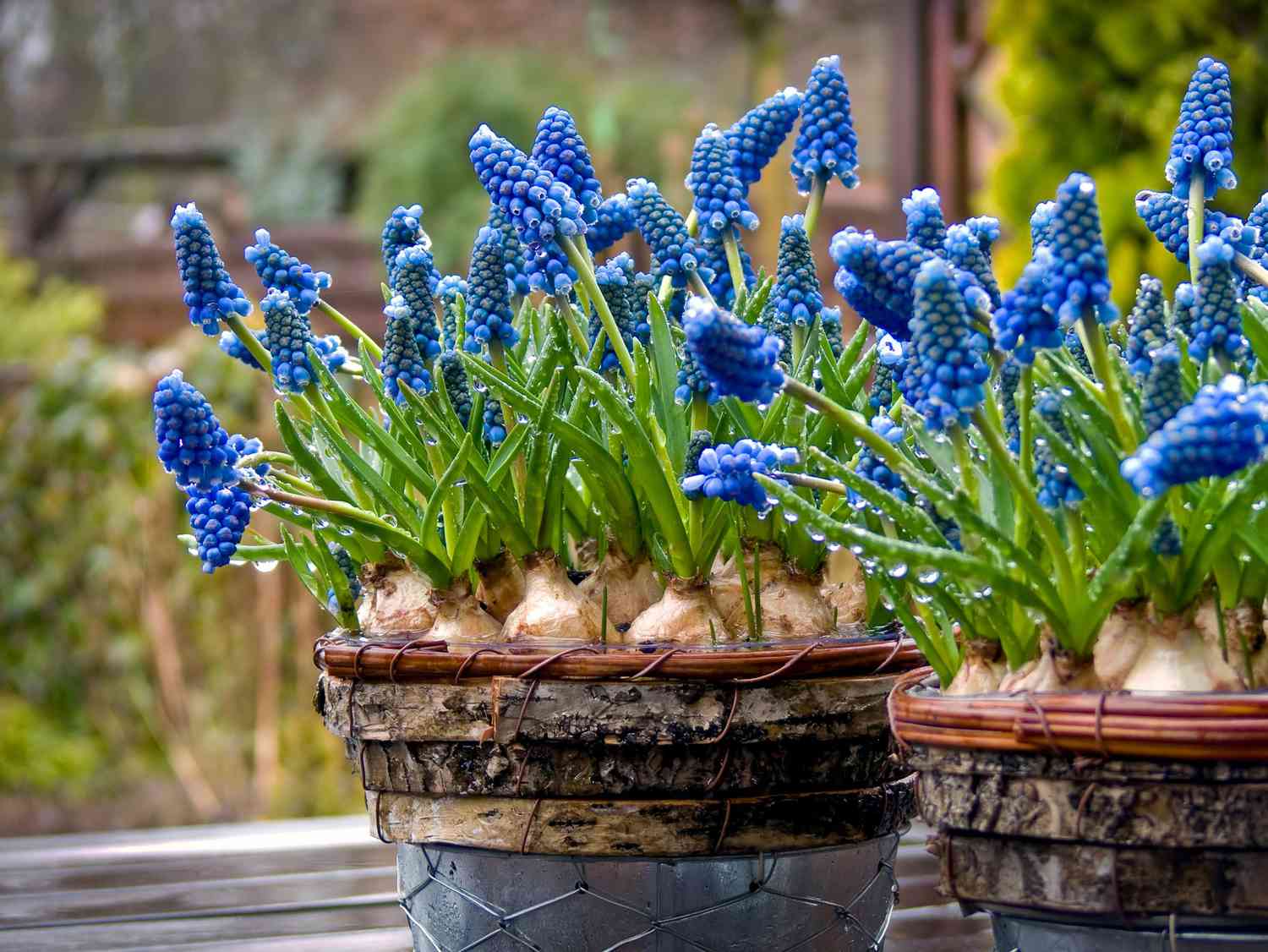

Plant Care & Gardening Tips
When To Plant Flower Bulbs In Fall
Published: January 17, 2024
Discover the best time to plant flower bulbs in the fall for a beautiful spring garden. Get expert plant care and gardening tips to ensure a successful bloom.
(Many of the links in this article redirect to a specific reviewed product. Your purchase of these products through affiliate links helps to generate commission for Storables.com, at no extra cost. Learn more)
Introduction
Welcome to the wonderful world of gardening! Planting flower bulbs in the fall is an exciting and rewarding endeavor that can yield spectacular blooms in the spring. Whether you’re a seasoned gardener or just starting out, understanding the ins and outs of planting flower bulbs can help you create a vibrant and colorful garden that will be the envy of your neighborhood.
As the summer days begin to wane and the cool, crisp air of autumn sets in, it’s the perfect time to start thinking about planting flower bulbs. But when exactly should you plant them? What factors should you consider before getting started? And what are the best practices for ensuring that your flower bulbs thrive and produce stunning blossoms?
In this comprehensive guide, we’ll delve into the world of flower bulbs, exploring everything from understanding the different types of bulbs to the best time for planting them in the fall. By the end of this article, you’ll be equipped with the knowledge and confidence to transform your garden into a breathtaking display of color and fragrance.
Key Takeaways:
- Planting flower bulbs in the fall sets the stage for a vibrant spring garden. Understanding bulb types, considering factors like climate and soil, and planting at the right time are key to success.
- By choosing high-quality bulbs, preparing the planting site, and providing attentive care, you can ensure a rich and colorful garden filled with stunning blooms in the spring.
Understanding Flower Bulbs
Before you start planting flower bulbs, it’s essential to understand the nature of these remarkable plant structures. Flower bulbs are a type of underground storage organ that contains all the nutrients and embryonic plant tissue needed to produce a new plant. They come in a wide array of varieties, each with its own unique characteristics and requirements.
There are three main types of flower bulbs: true bulbs, corms, and tubers. True bulbs, such as tulips and daffodils, consist of layers of fleshy scales surrounding a central shoot. Corms, like those of crocuses and gladioli, are solid, stem-like structures that store food for the plant. Tubers, including begonias and anemones, are swollen, underground stems that produce new plants from buds or “eyes.”
Understanding the specific type of bulb you’re planting is crucial, as it can influence the depth at which you should plant them and the care they require. Additionally, knowing the hardiness zone of your region will help you select bulbs that are best suited to your climate and soil conditions.
When selecting flower bulbs, look for ones that are firm and free from blemishes or mold. Larger bulbs generally produce more robust blooms, so opt for the biggest ones you can find. It’s also important to consider the bloom time and height of the flowers, as this will help you plan your garden layout and create visually appealing displays.
By familiarizing yourself with the different types of flower bulbs and their unique characteristics, you’ll be better equipped to choose the right varieties for your garden and provide them with the care they need to flourish.
Factors to Consider
Before diving into the planting process, it’s important to take several factors into consideration to ensure the success of your flower bulbs. Understanding these key elements will help you create an optimal environment for your bulbs to thrive and produce stunning blooms.
- Hardiness Zone: One of the most critical factors to consider is your hardiness zone. This zone provides valuable information about the typical climate and temperature conditions in your region, helping you select flower bulbs that are well-suited to your area. Different bulbs have specific temperature requirements for proper growth and flowering, so choosing varieties that are recommended for your zone is essential for success.
- Soil Drainage and Composition: The quality of your soil plays a significant role in the health of your flower bulbs. Bulbs generally prefer well-draining soil to prevent waterlogged conditions that can lead to rot. Testing your soil’s composition and pH level can provide insights into whether it’s suitable for bulb planting. Amending the soil with organic matter, such as compost, can improve its structure and fertility, creating an ideal growing medium for your bulbs.
- Sunlight Exposure: Most flowering bulbs thrive in areas with ample sunlight. Before planting, assess the sunlight exposure in your garden to determine the best locations for your bulbs. While some varieties can tolerate partial shade, others require full sun to produce vibrant blooms. Planning your garden layout based on sunlight requirements will help you achieve the best results.
- Planting Depth and Spacing: Different types of flower bulbs have specific planting depth and spacing requirements. It’s crucial to follow these guidelines to ensure that the bulbs establish strong root systems and have enough space to grow. Planting bulbs at the correct depth also protects them from temperature extremes and provides stability as they develop.
- Pest and Disease Management: Understanding common pests and diseases that can affect flower bulbs is essential for maintaining their health. Certain pests, such as bulb-munching rodents and insects, can pose a threat to your bulbs. Implementing preventive measures, such as using protective barriers and natural pest control methods, can safeguard your bulbs from potential damage.
By carefully considering these factors and addressing them proactively, you can create an optimal environment for your flower bulbs to thrive. Taking the time to assess your garden’s conditions and make informed decisions will set the stage for a successful and vibrant display of spring blooms.
Plant flower bulbs in the fall before the ground freezes. This allows the bulbs to establish roots before winter and bloom in the spring. Be sure to follow the specific planting depth and spacing recommendations for each type of bulb.
Best Time to Plant Flower Bulbs
Timing is crucial when it comes to planting flower bulbs, as it directly impacts their ability to establish strong root systems and prepare for the following spring’s bloom. In most regions, the ideal time to plant flower bulbs is during the fall, before the ground freezes. This allows the bulbs to take advantage of the cool, moist conditions and gradually acclimate to their new environment before winter sets in.
The specific timing for planting flower bulbs in the fall varies based on your hardiness zone and the climate conditions in your area. As a general guideline, planting should typically occur between late September and early November, allowing enough time for the bulbs to settle in before the onset of winter. However, it’s essential to consult local gardening resources or extension offices to determine the optimal planting window for your specific region.
Planting flower bulbs too early can expose them to potential heat stress, while planting them too late may not allow sufficient time for root development before the ground freezes. By aligning your planting schedule with the recommended timing for your area, you can maximize the chances of success and ensure that your bulbs are well-prepared for the coming season.
It’s important to note that certain bulb varieties, such as tulips and daffodils, require a period of cold dormancy to stimulate flowering. By planting these bulbs in the fall, they can experience the necessary chilling period in the ground, leading to robust and colorful blooms in the spring.
For gardeners in warmer climates or regions with milder winters, special considerations may be necessary. In such areas, where the ground may not freeze, it’s still crucial to plant flower bulbs early enough to allow for root establishment and acclimation to cooler temperatures. Adjusting the planting schedule based on local climate patterns and temperature trends can help ensure the best possible outcomes for your bulbs.
By understanding the best time to plant flower bulbs in the fall and tailoring your planting schedule to suit your specific region, you can set the stage for a vibrant and flourishing garden in the seasons to come.
Steps for Planting Flower Bulbs in Fall
Planting flower bulbs in the fall is a rewarding and straightforward process that sets the stage for a stunning display of spring blooms. By following a few essential steps, you can ensure that your bulbs are properly positioned and prepared to thrive in the months ahead.
- Choose High-Quality Bulbs: Select firm, healthy bulbs free from mold or damage. Larger bulbs often produce more robust blooms, so opt for the largest ones available. Consider the bloom time and height of the flowers to plan your garden layout effectively.
- Prepare the Planting Site: Identify suitable locations in your garden with well-draining soil and ample sunlight. Clear the planting areas of any debris or weeds to create a clean and hospitable environment for the bulbs.
- Assess Planting Depth and Spacing: Different types of flower bulbs have specific planting depth and spacing requirements. Consult planting guidelines for each variety to ensure proper placement. Generally, bulbs should be planted at a depth that is approximately three times their diameter.
- Amend the Soil: Test the soil’s composition and pH level to determine if any amendments are needed. Incorporating organic matter, such as compost, can improve soil structure and fertility, creating an optimal growing medium for your bulbs.
- Plant with Care: Using a trowel or bulb planter, dig individual holes or prepare larger areas for mass planting. Place the bulbs in the holes with the pointed ends facing upward, ensuring that they are positioned at the appropriate depth and spacing. Gently backfill the holes and pat down the soil to remove air pockets.
- Provide Adequate Watering: After planting, thoroughly water the soil to settle it around the bulbs and initiate the growth process. While the bulbs are establishing roots, it’s important to keep the soil consistently moist but not waterlogged. Monitor the moisture levels regularly, especially if rainfall is scarce.
- Apply Mulch and Protection: Consider applying a layer of organic mulch, such as straw or shredded leaves, to insulate the soil and protect the bulbs from temperature fluctuations. Additionally, if your area is prone to wildlife or pest activity, installing protective barriers or using natural deterrents can help safeguard your bulbs.
- Monitor and Maintain: Keep an eye on your newly planted bulbs throughout the fall, ensuring that they are progressing as expected. As winter approaches, continue to monitor soil moisture and protect the bulbs from potential threats, such as foraging animals.
By following these steps and providing attentive care, you can set your flower bulbs up for success and look forward to a vibrant and flourishing garden when spring arrives. With proper planning and execution, the process of planting flower bulbs in the fall can be a fulfilling and enjoyable experience that yields beautiful and enduring results.
Read more: How To Plant Native Flowers In Fall
Conclusion
As the vibrant hues of autumn signal the transition into the cooler months, the act of planting flower bulbs in the fall represents a beautiful promise of the colorful spectacle that awaits in the spring. Understanding the intricacies of flower bulbs, considering essential factors, and following the best practices for planting are all integral to nurturing a thriving garden filled with stunning blooms.
By delving into the world of flower bulbs and familiarizing yourself with the diverse array of varieties, you gain valuable insights into the unique requirements of each type. This knowledge empowers you to make informed choices when selecting and caring for your bulbs, ensuring that they receive the best possible start in their new environment.
Considering factors such as hardiness zones, soil composition, sunlight exposure, and pest management allows you to create an optimal growing environment for your flower bulbs. By addressing these considerations proactively, you lay the groundwork for a flourishing garden that will captivate the senses and bring joy to all who behold it.
The best time to plant flower bulbs in the fall aligns with the natural rhythms of the seasons, providing the bulbs with an opportunity to establish strong root systems and undergo the necessary dormancy period. By adhering to the recommended planting schedule for your region and adjusting for specific climate conditions, you set the stage for a bountiful display of blooms in the coming spring.
Following the essential steps for planting flower bulbs, from selecting high-quality bulbs to providing attentive care and protection, ensures that your efforts yield a rich and vibrant tapestry of colors and fragrances. As you witness the first delicate shoots emerge from the soil, you’ll be rewarded with the fulfillment of nurturing life and beauty in your own garden.
Ultimately, the act of planting flower bulbs in the fall transcends the physical process of placing bulbs in the ground; it embodies the anticipation of new beginnings and the enduring cycle of nature’s wonders. With each carefully planted bulb, you sow the seeds of joy and inspiration, creating a living masterpiece that evolves with each passing season.
So, as you embark on this horticultural journey, may the act of planting flower bulbs in the fall fill your heart with hope and excitement, knowing that you are contributing to a timeless symphony of nature’s grandeur.
Frequently Asked Questions about When To Plant Flower Bulbs In Fall
Was this page helpful?
At Storables.com, we guarantee accurate and reliable information. Our content, validated by Expert Board Contributors, is crafted following stringent Editorial Policies. We're committed to providing you with well-researched, expert-backed insights for all your informational needs.
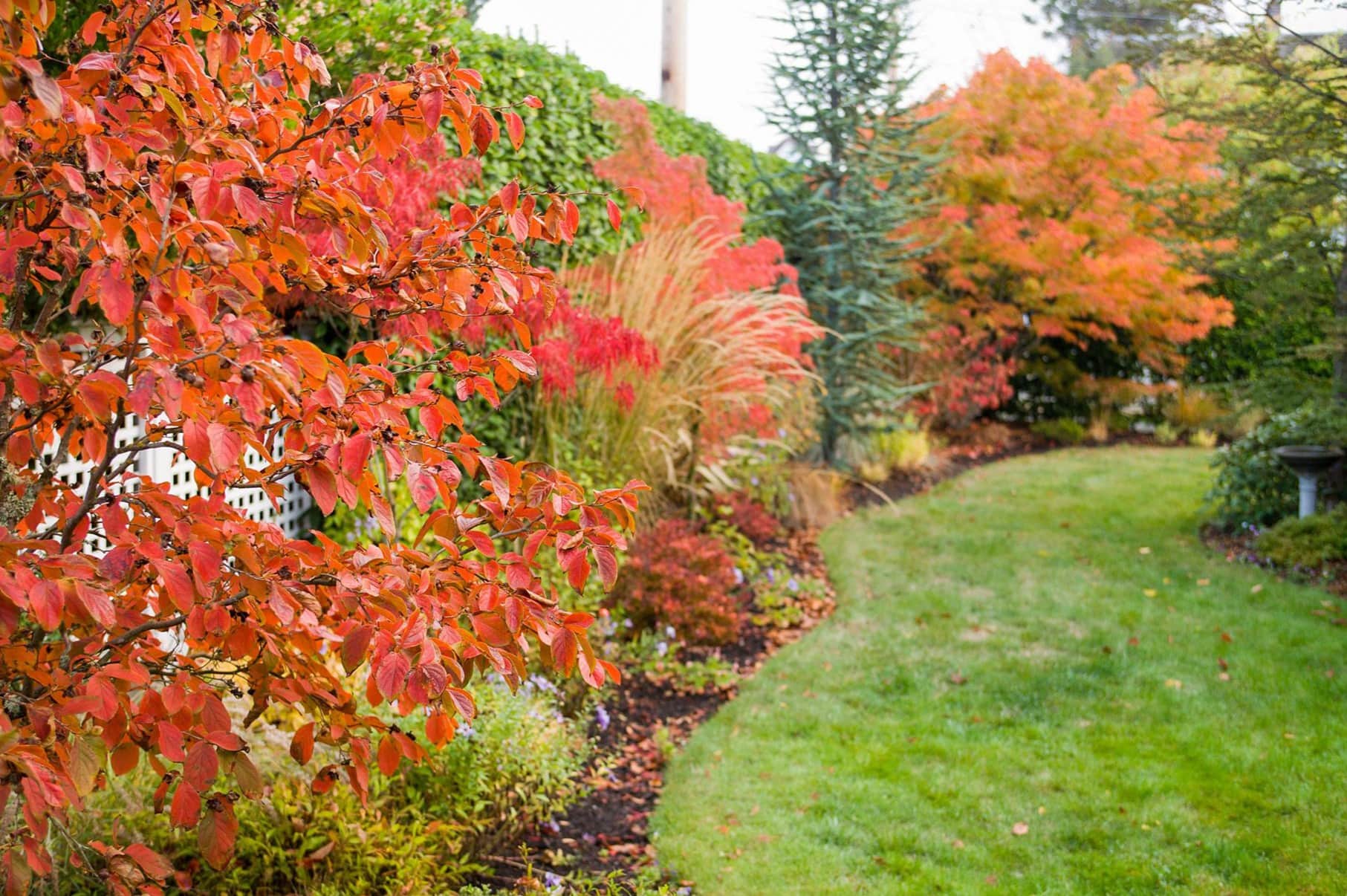
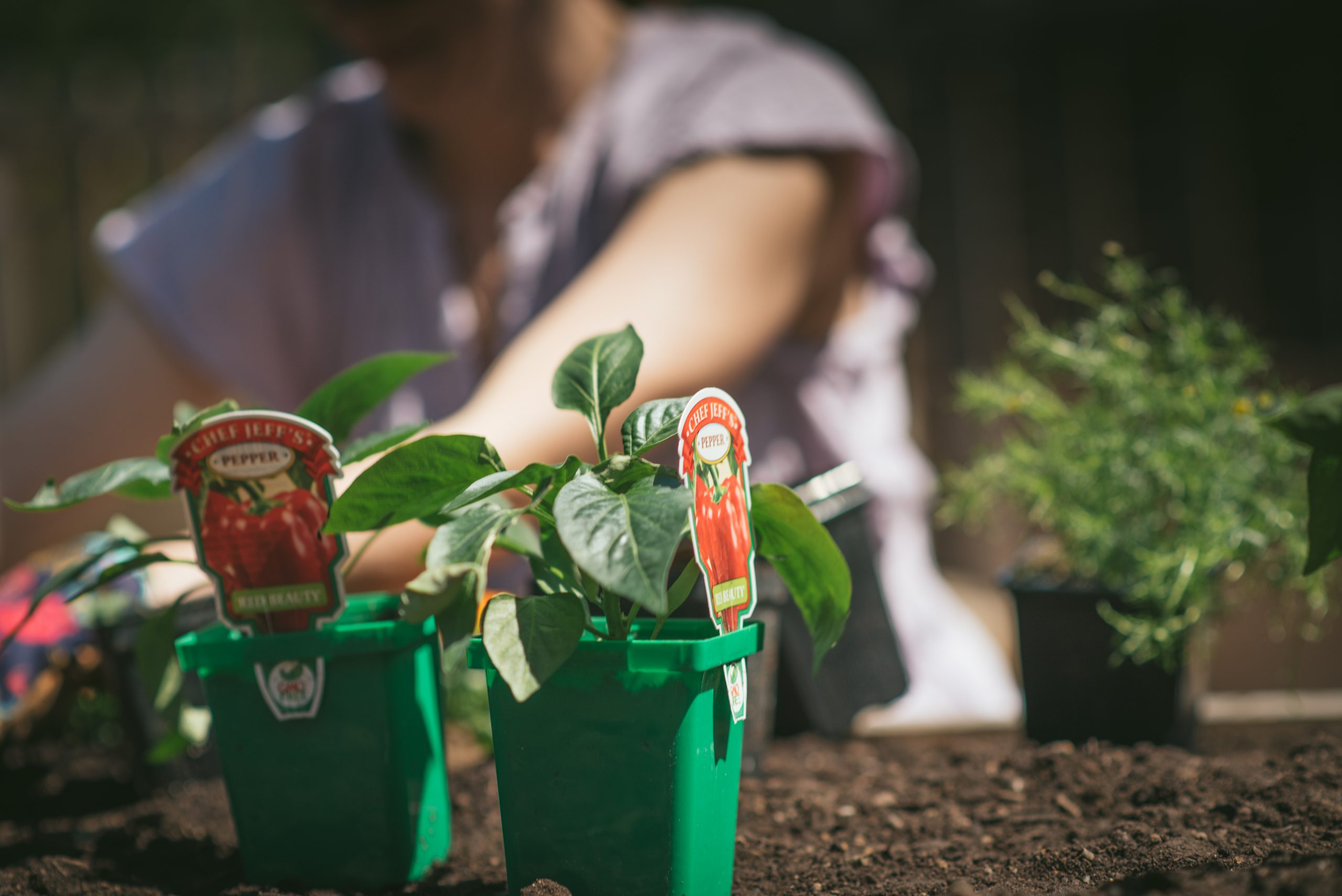

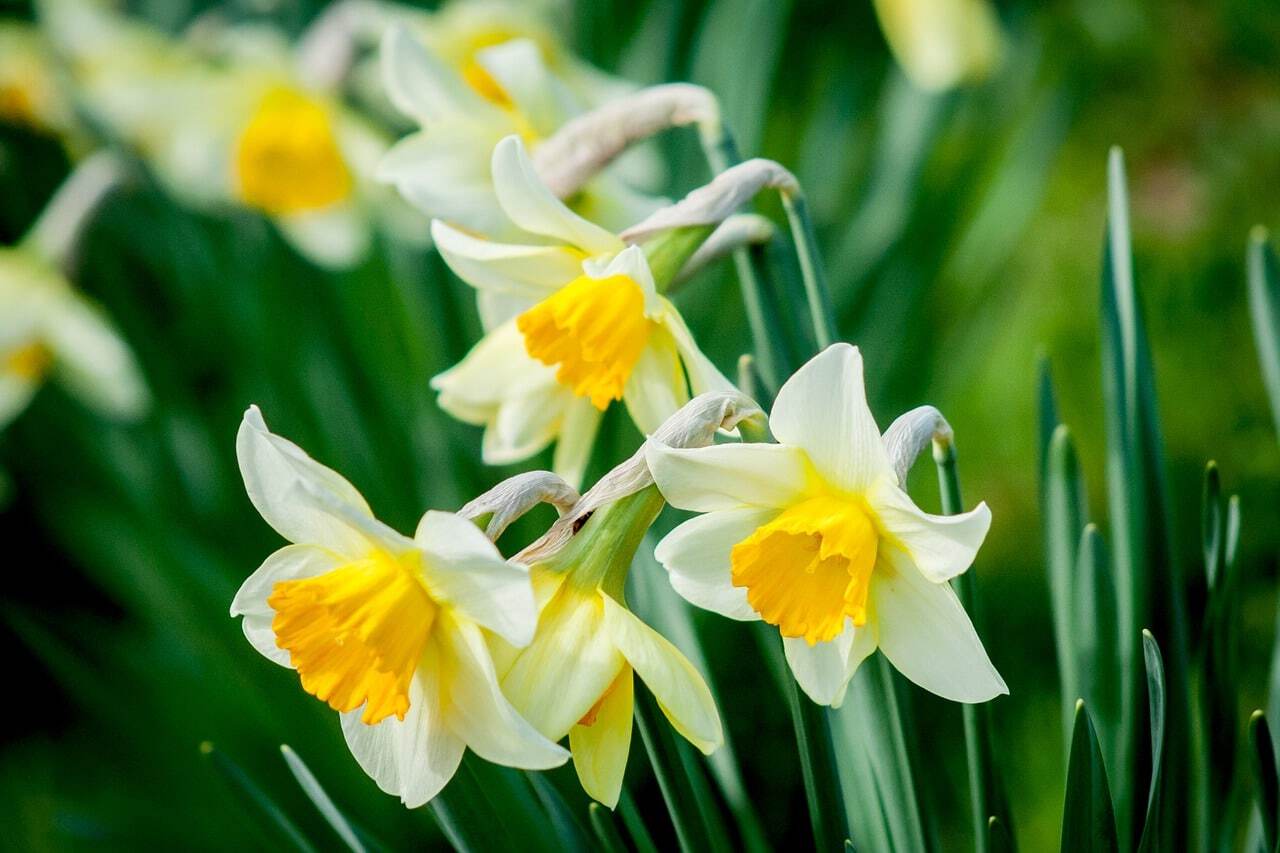
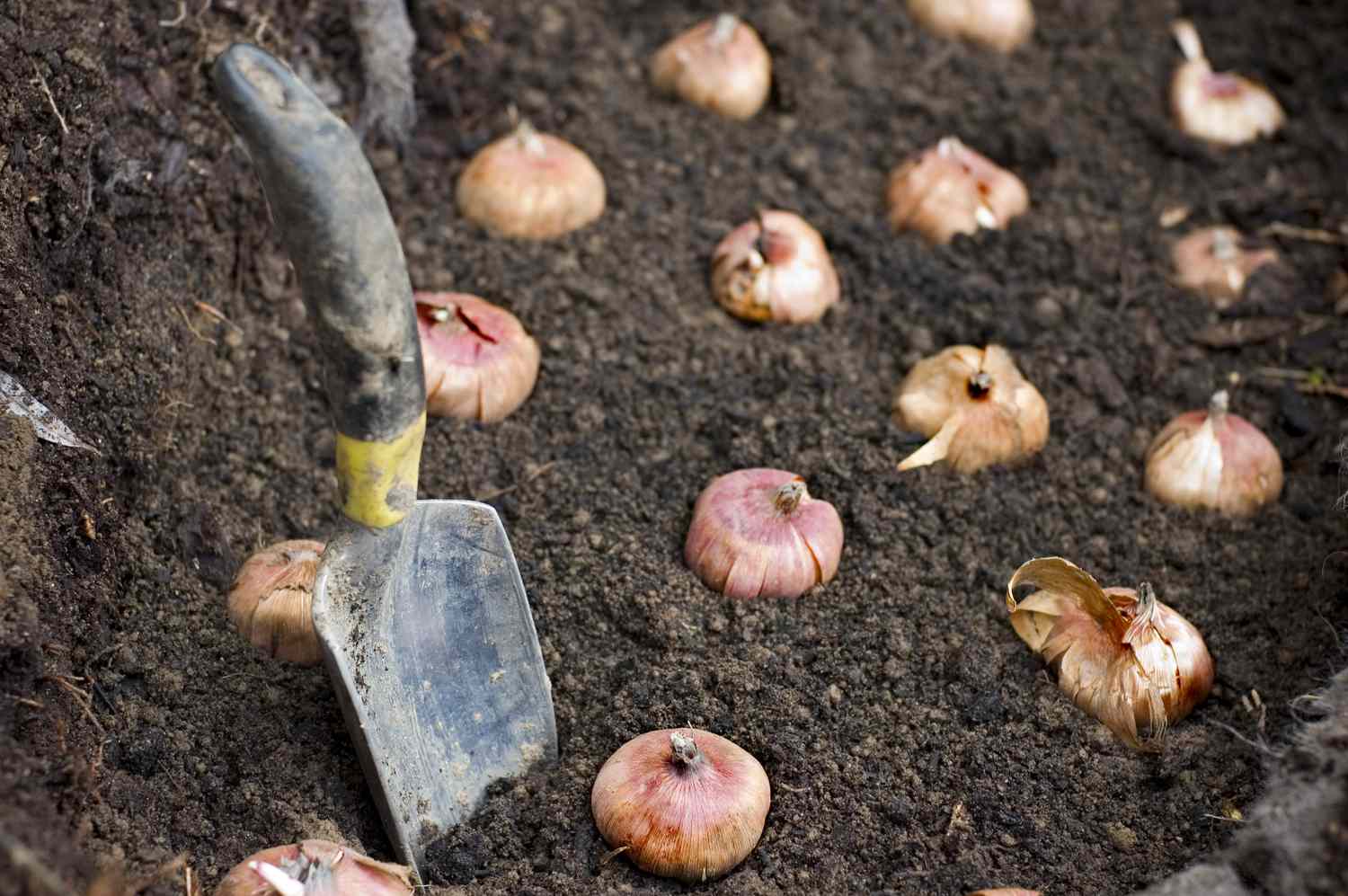
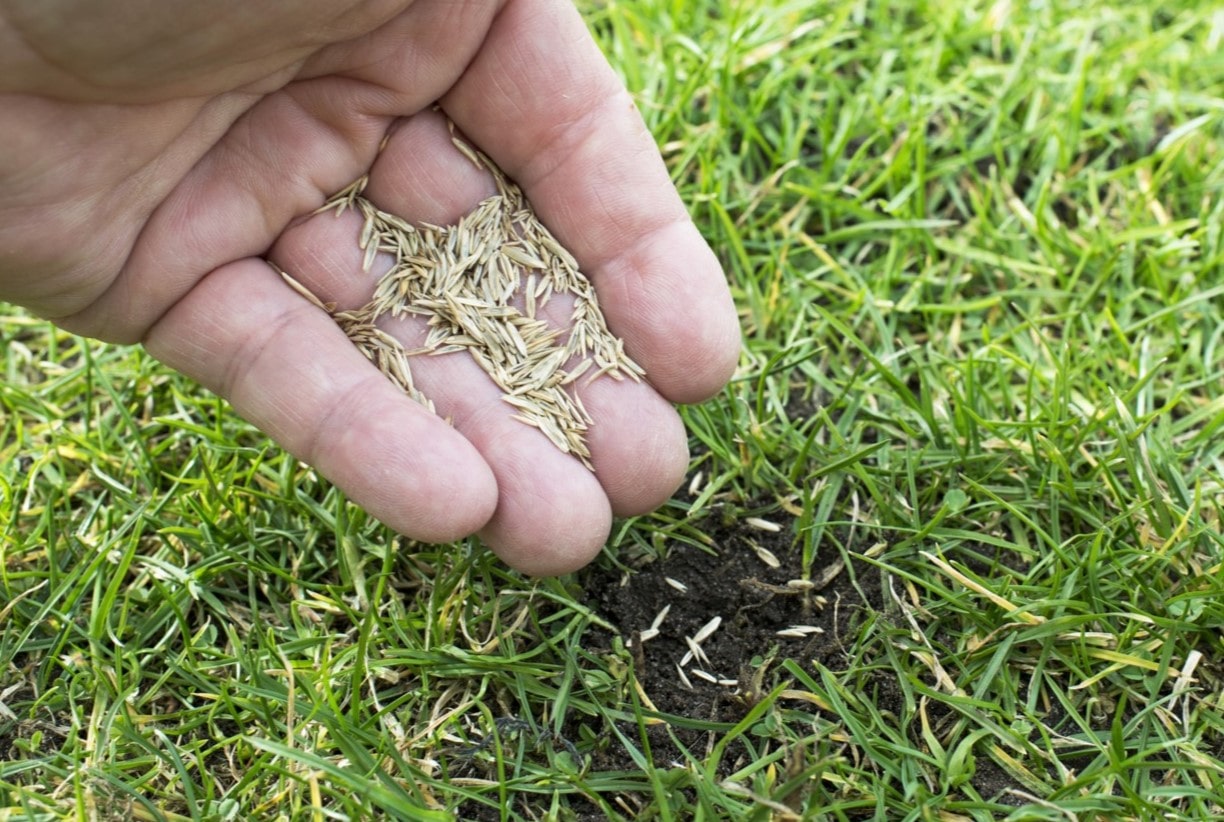
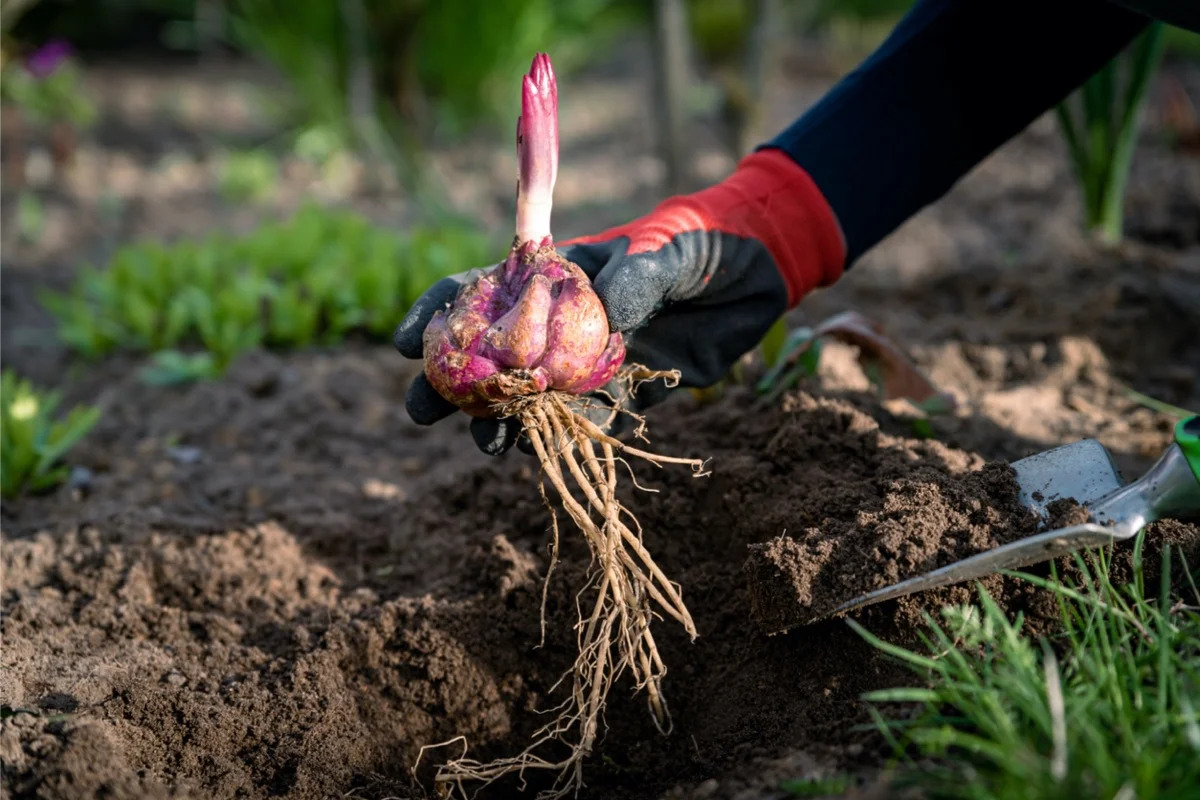
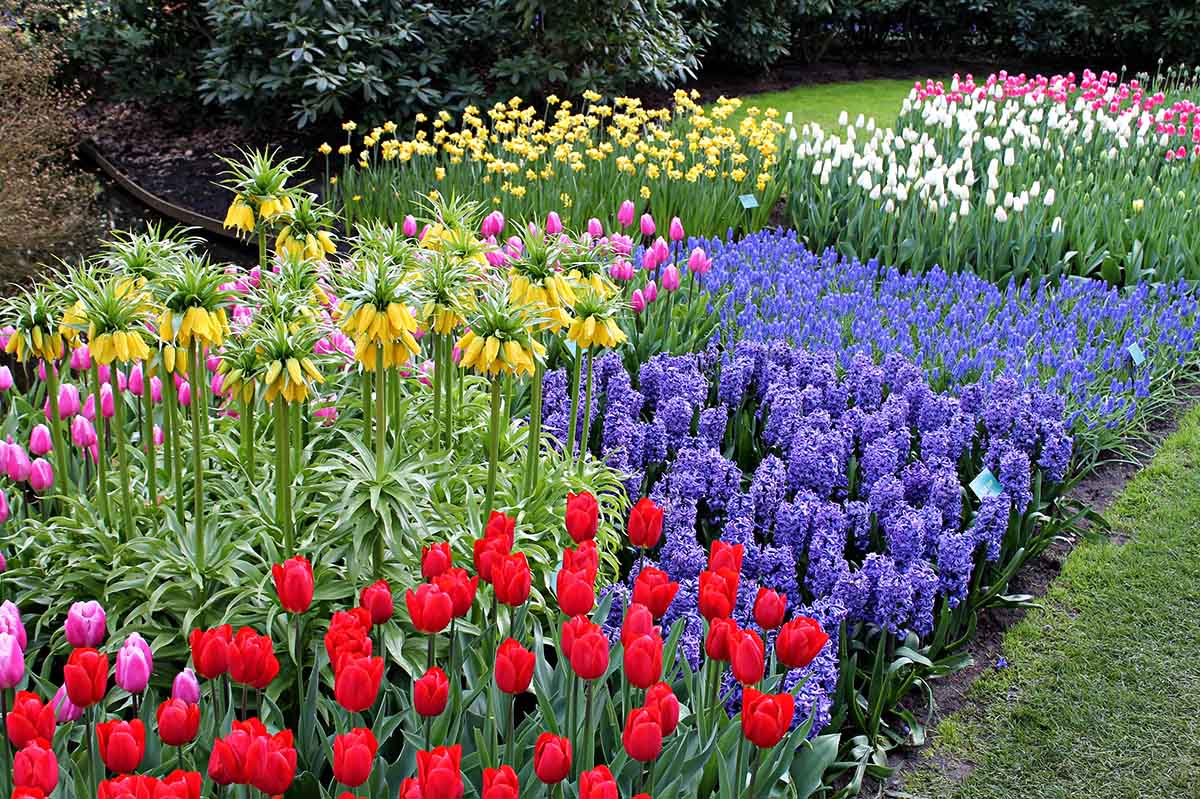
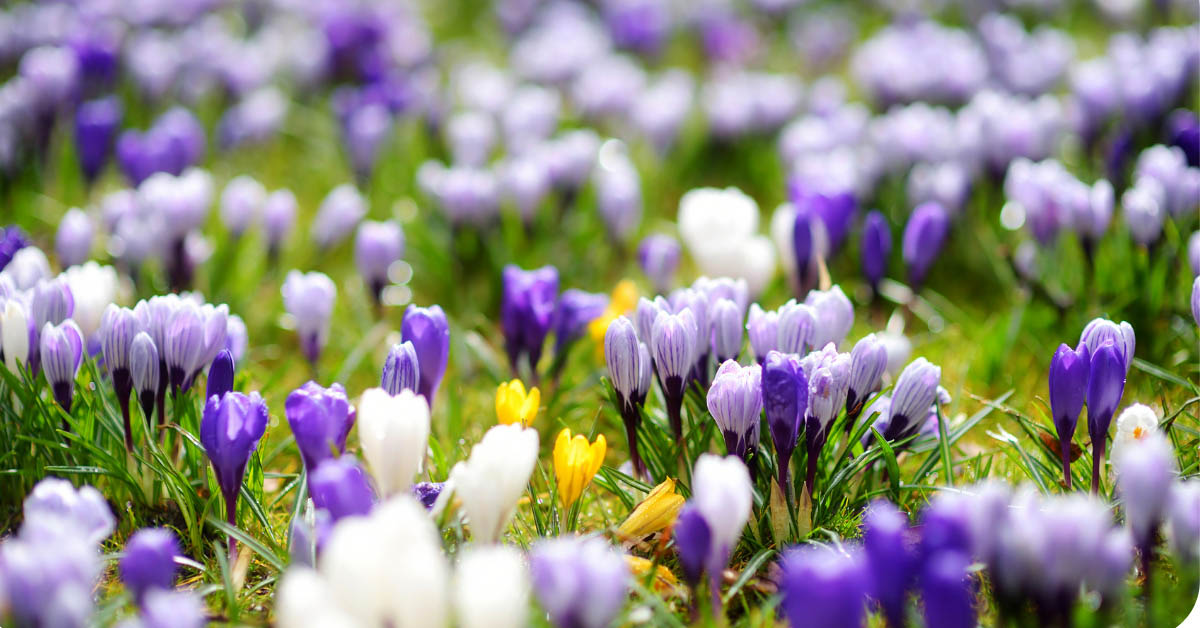
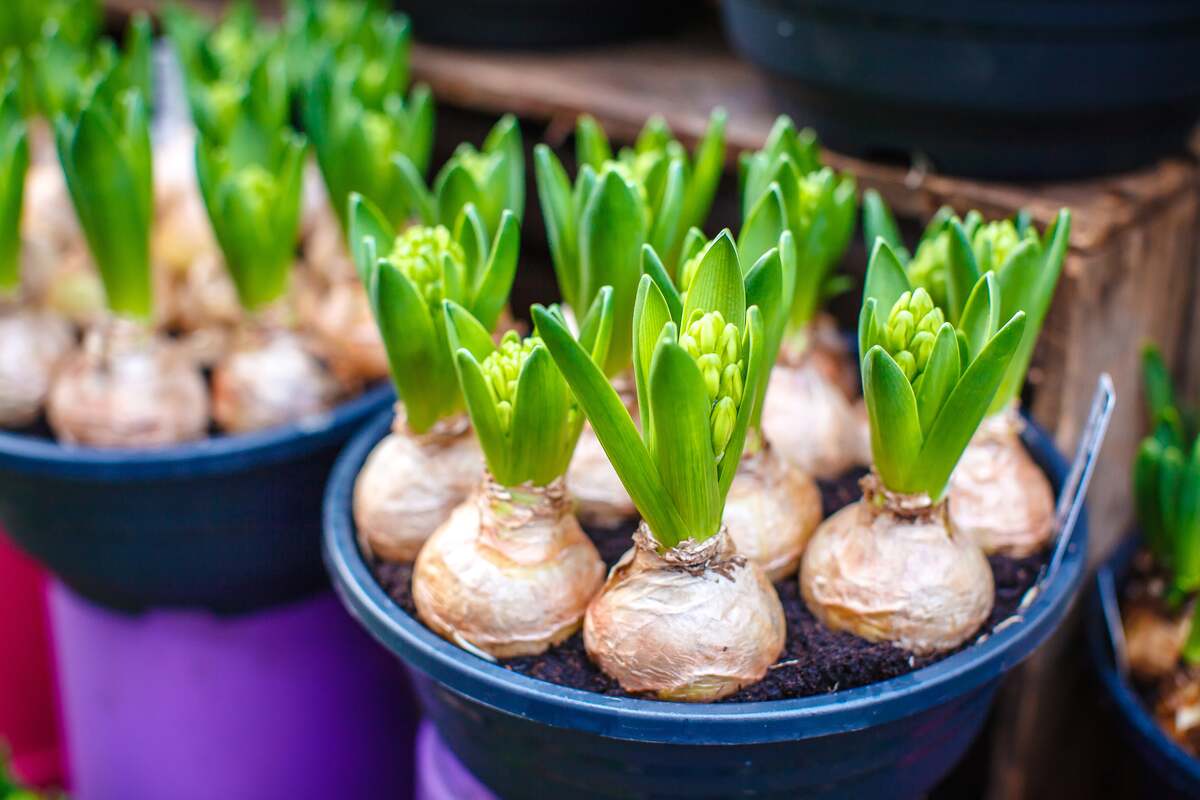
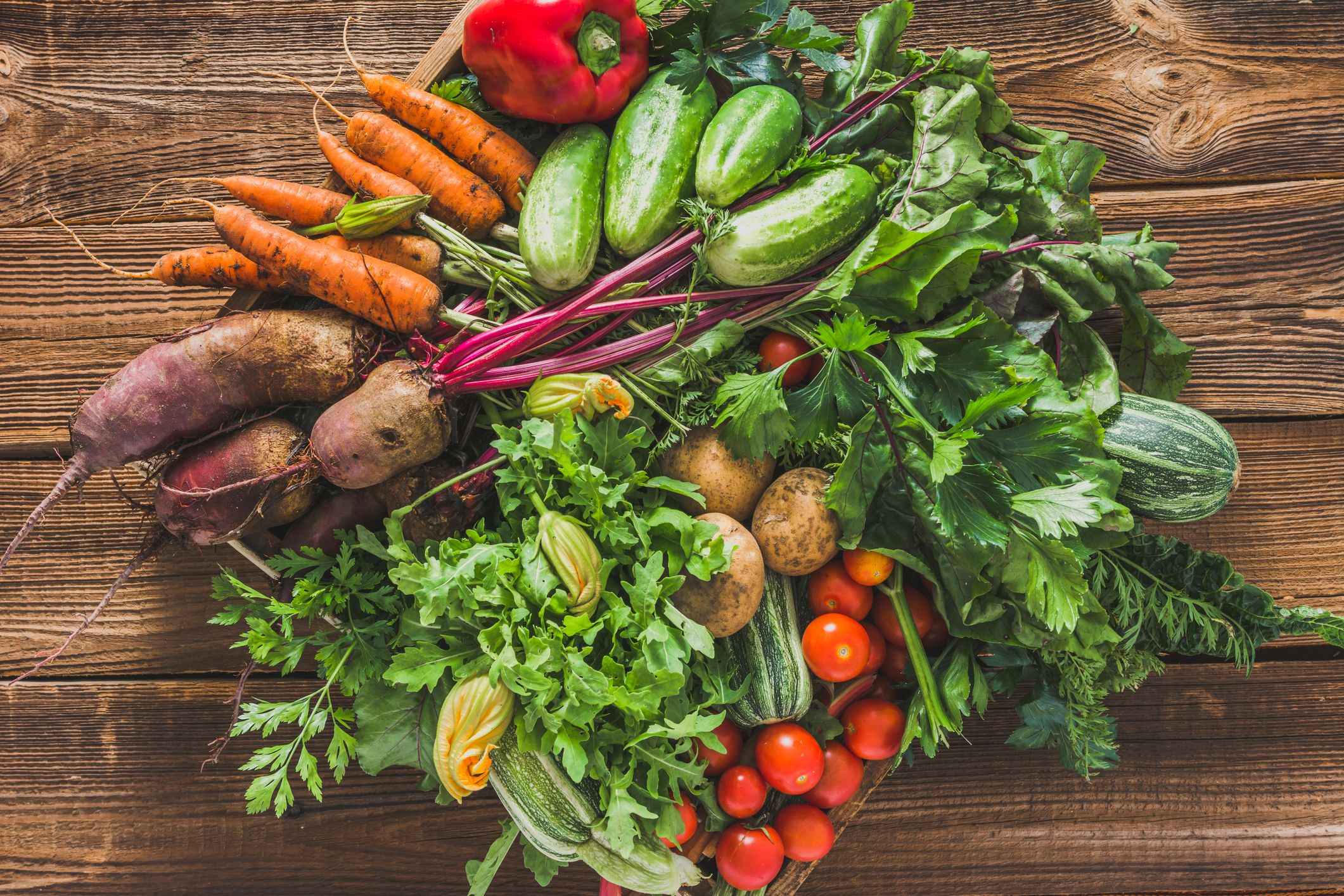
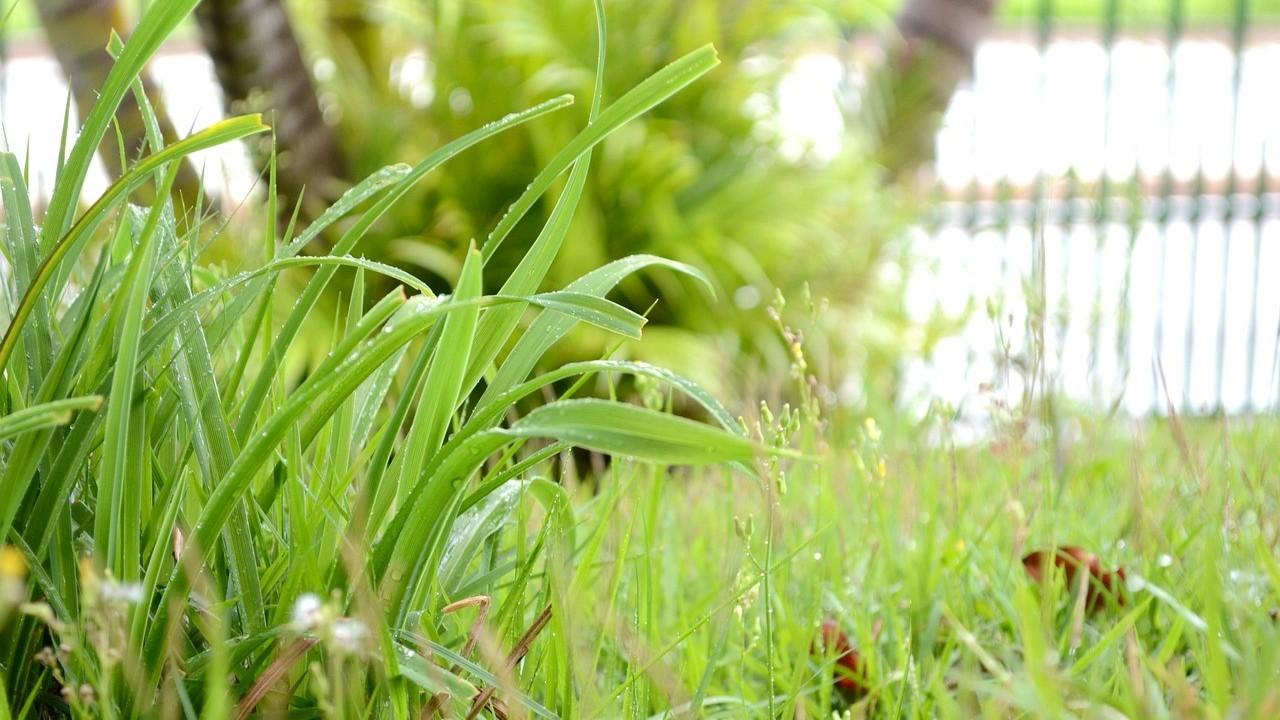
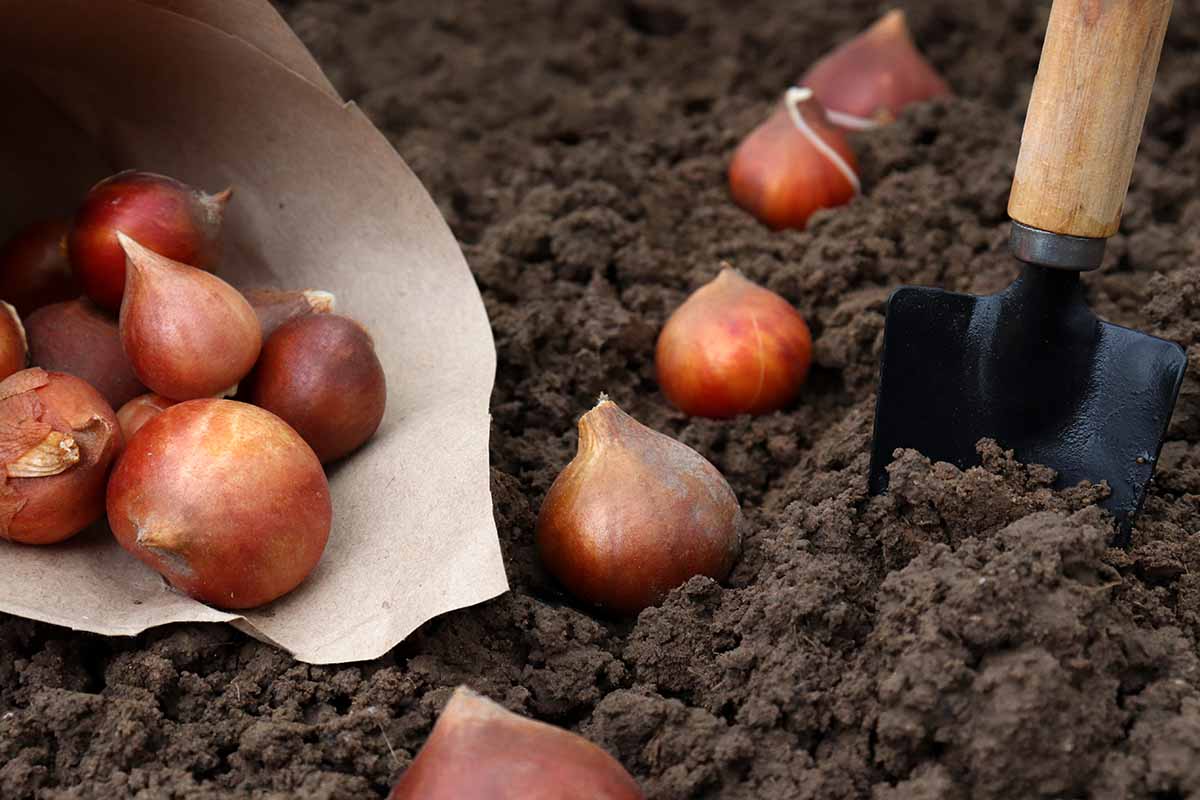
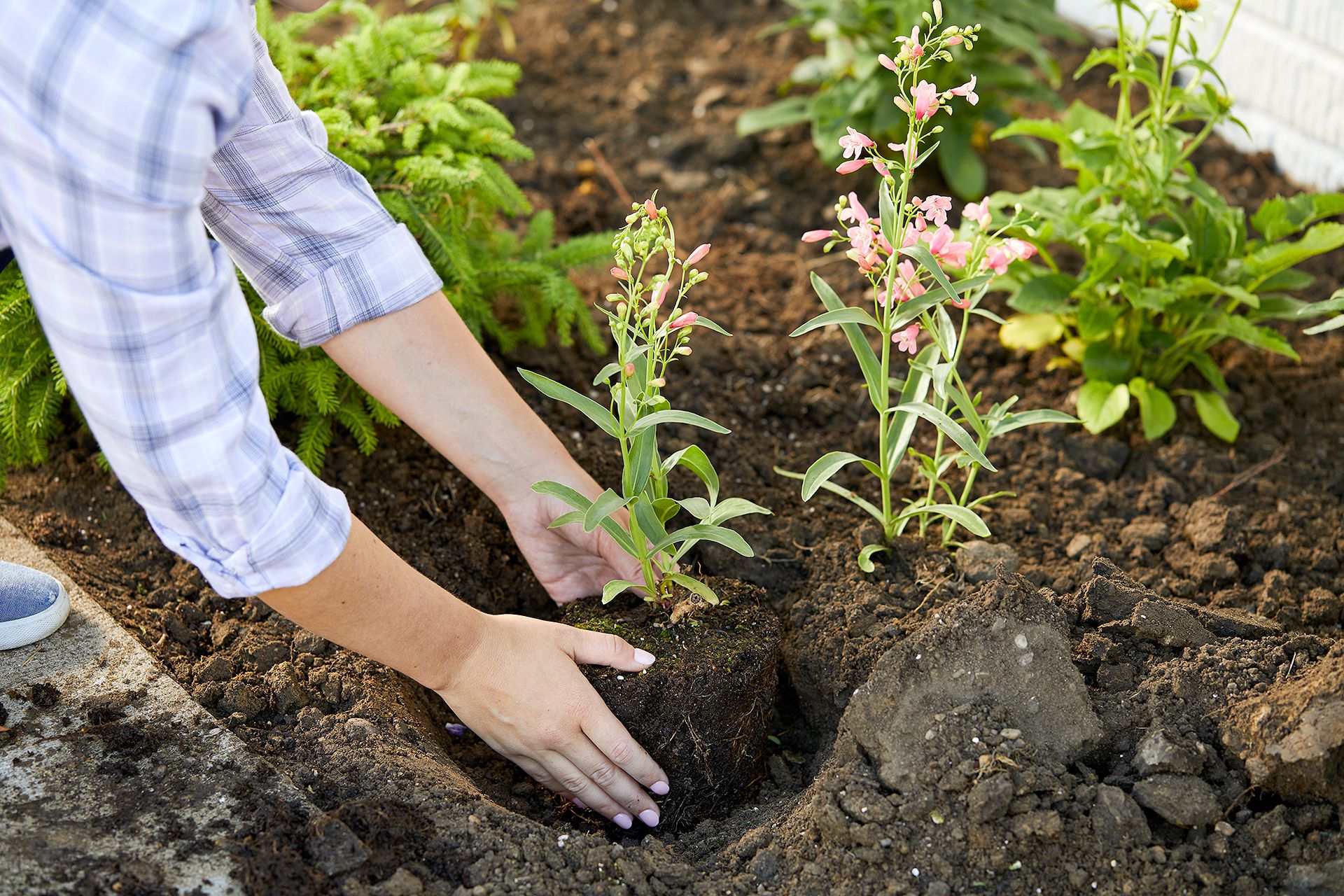

0 thoughts on “When To Plant Flower Bulbs In Fall”